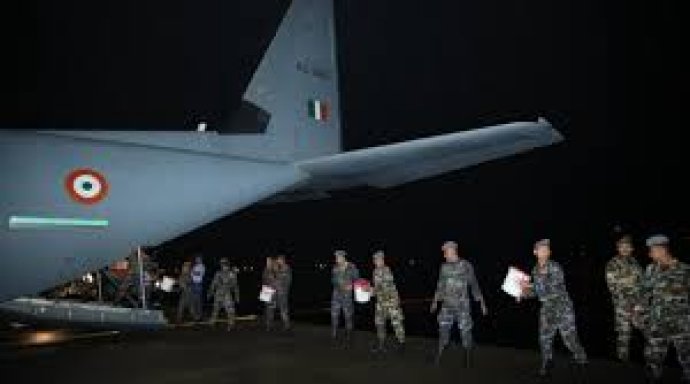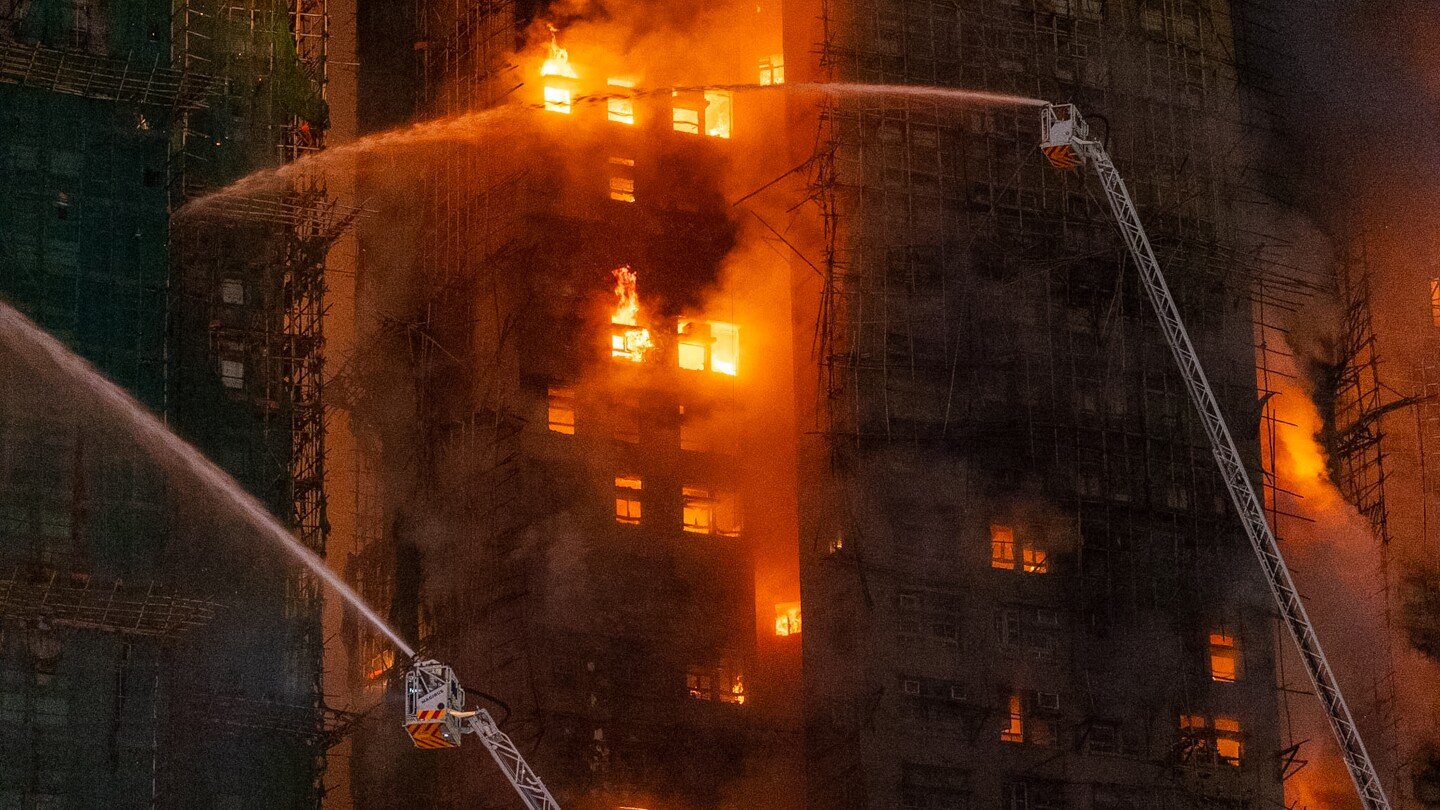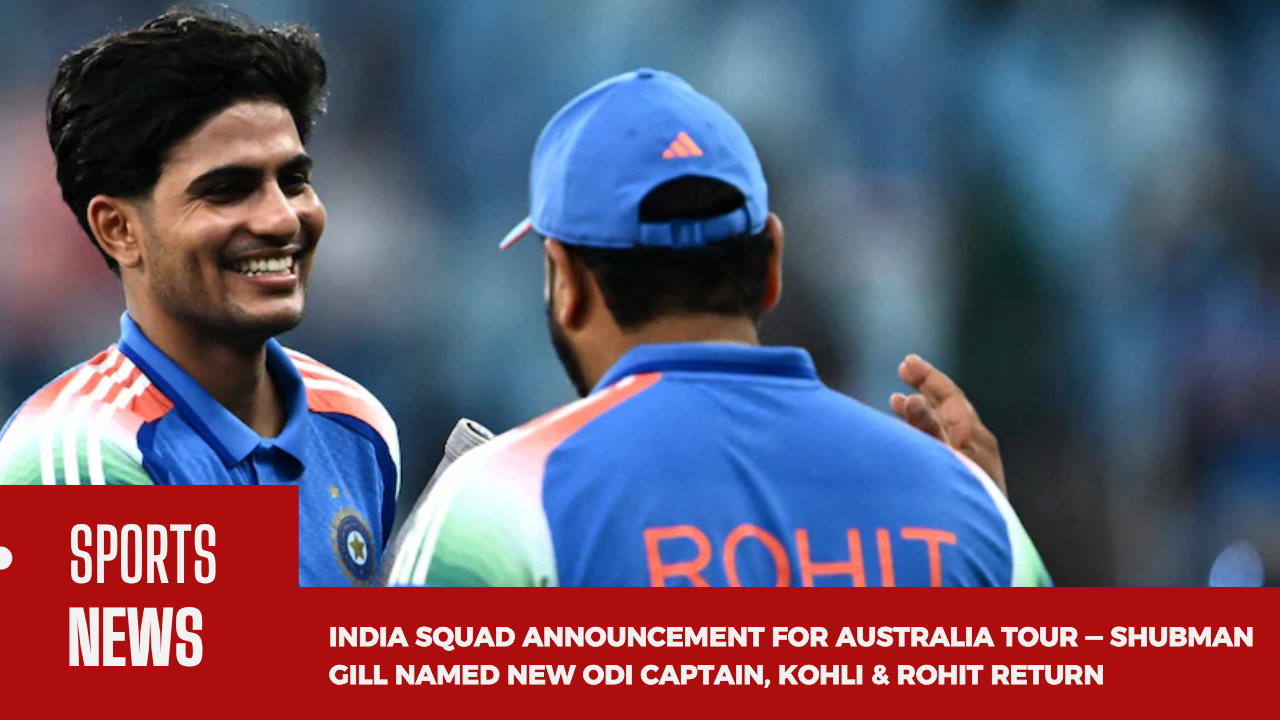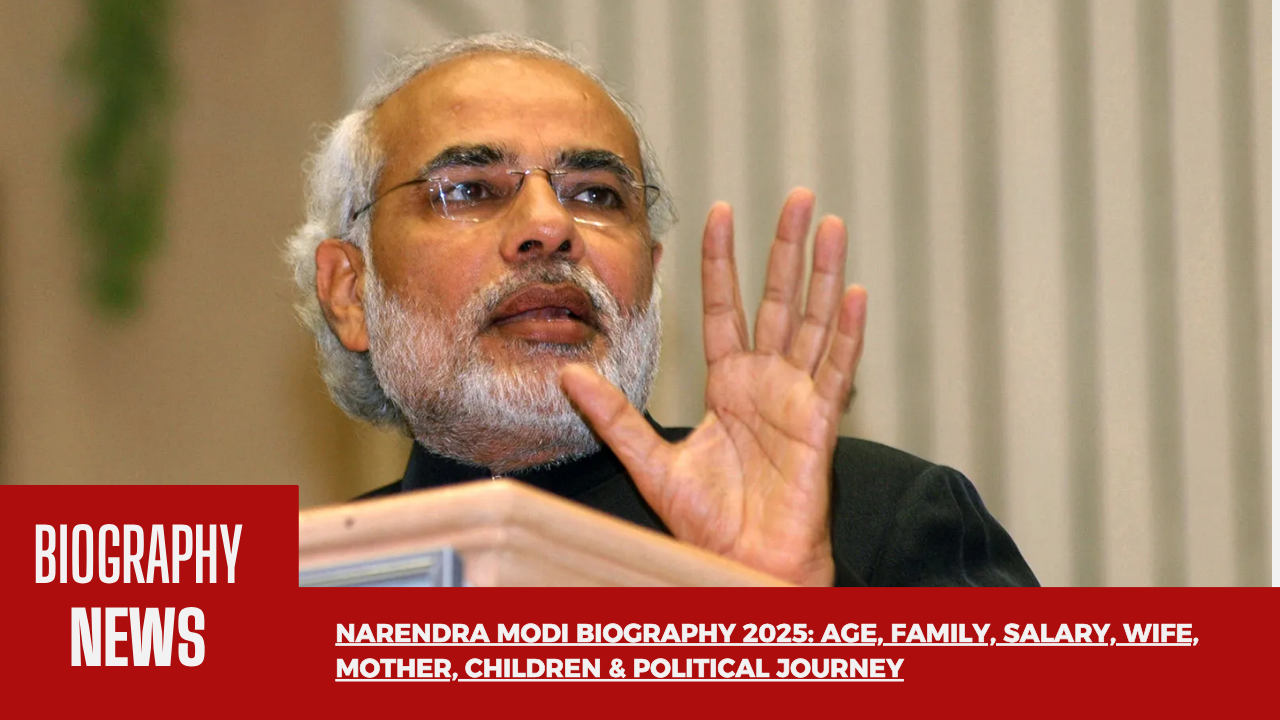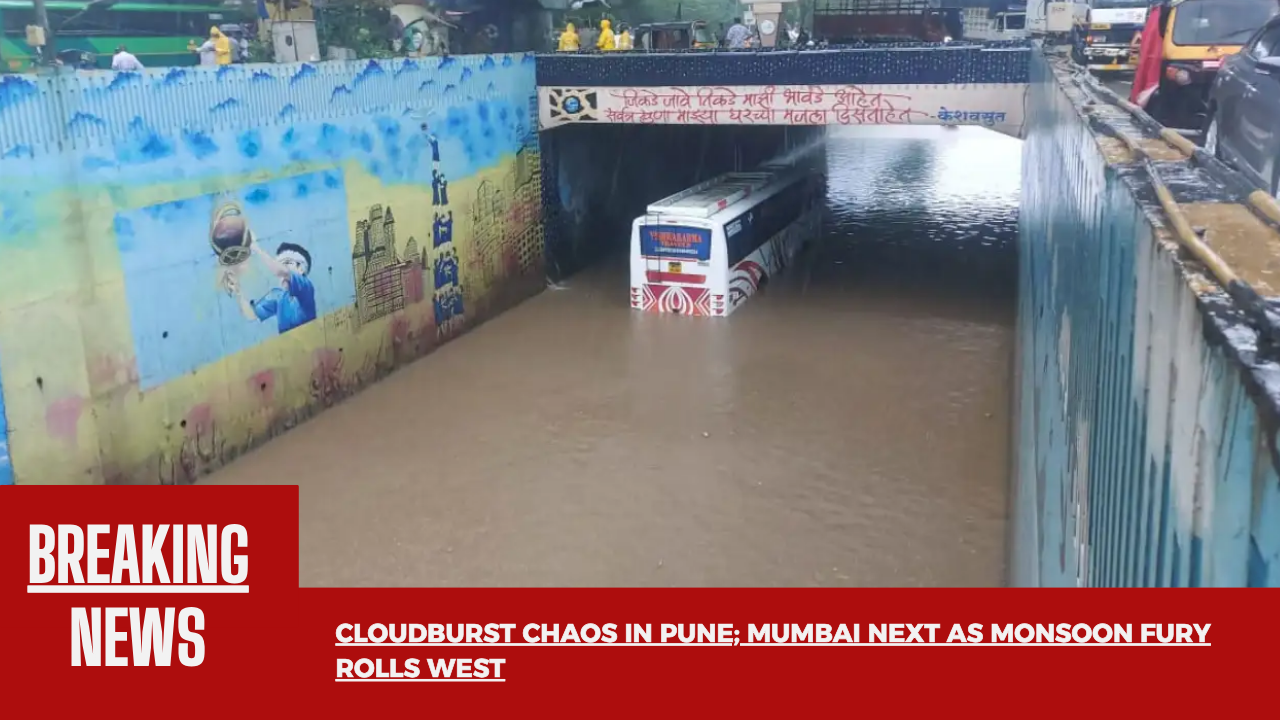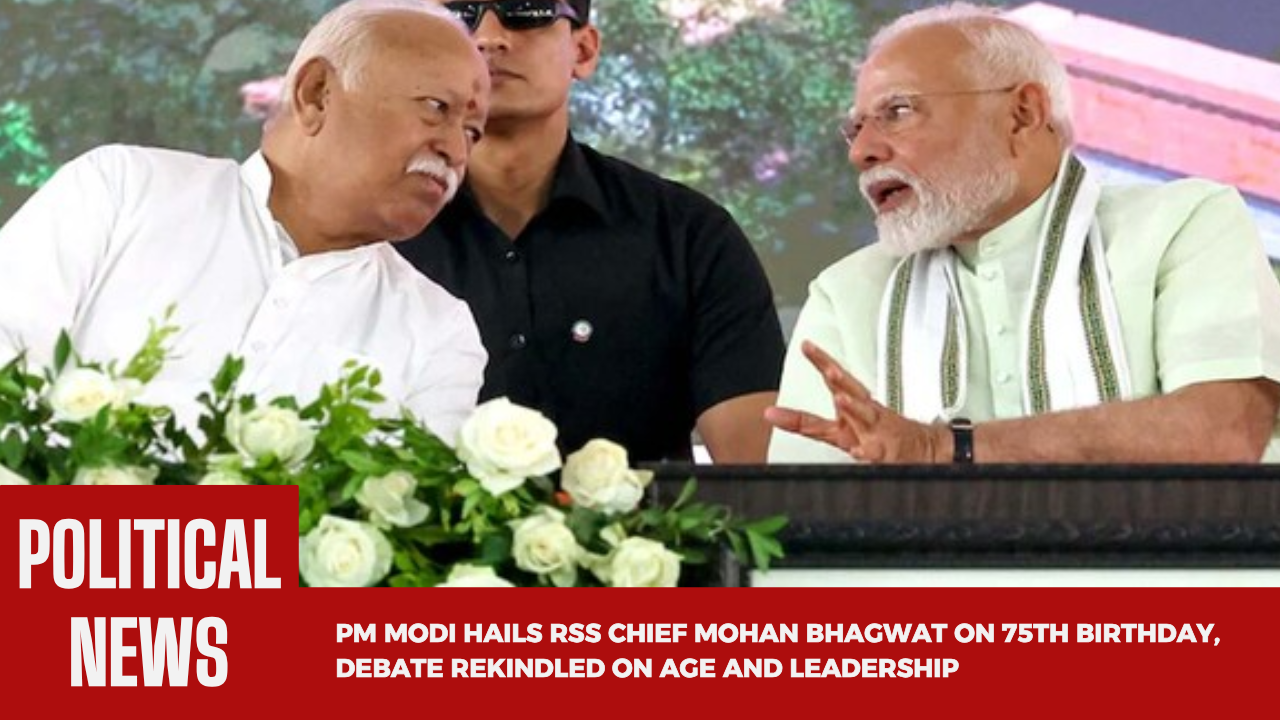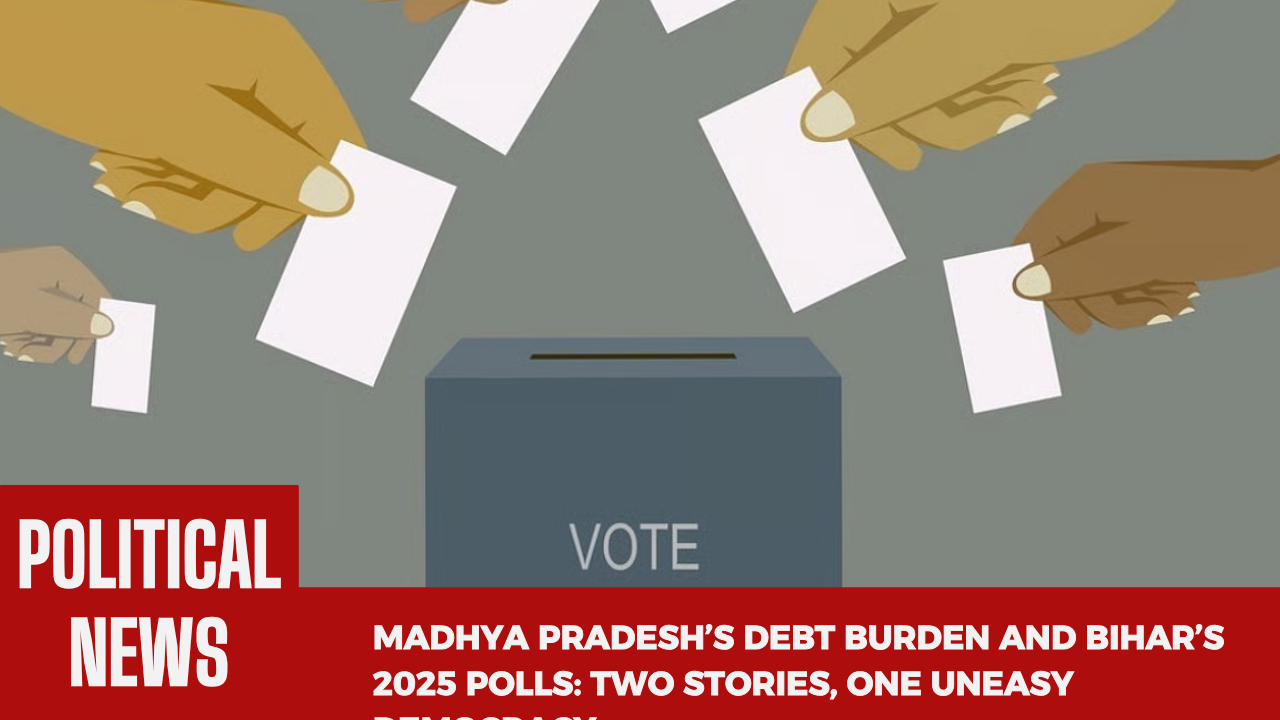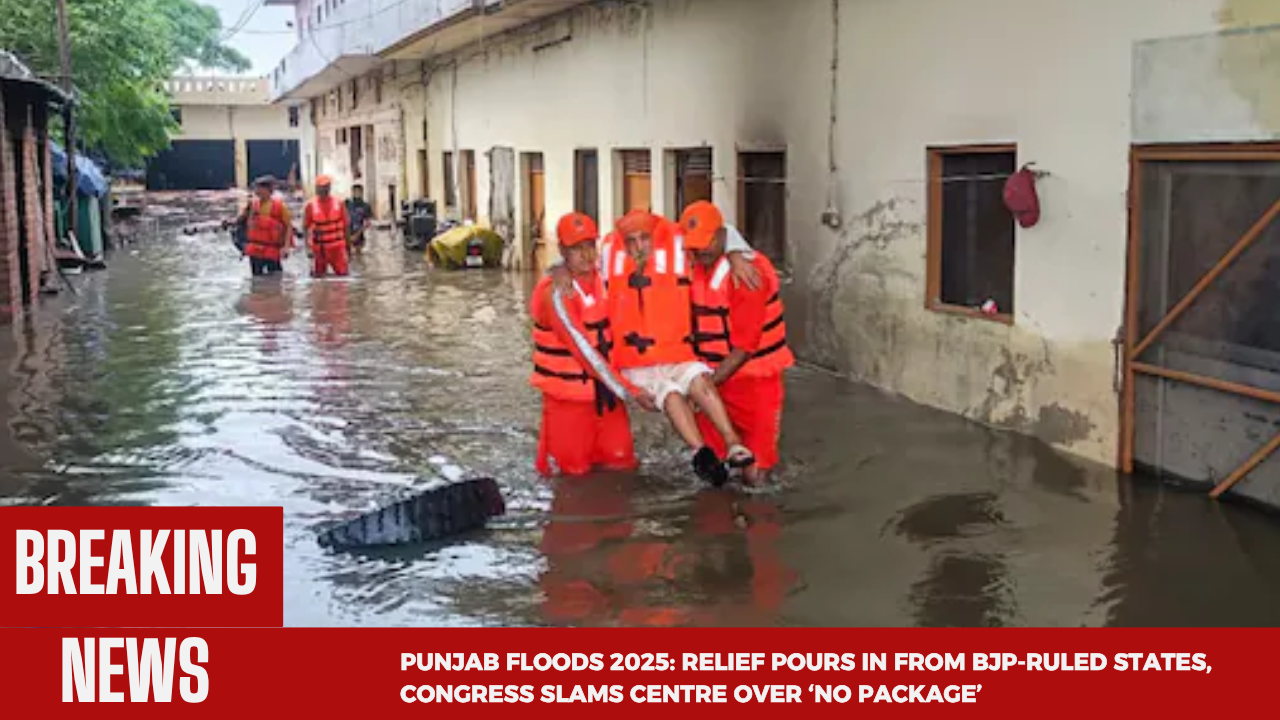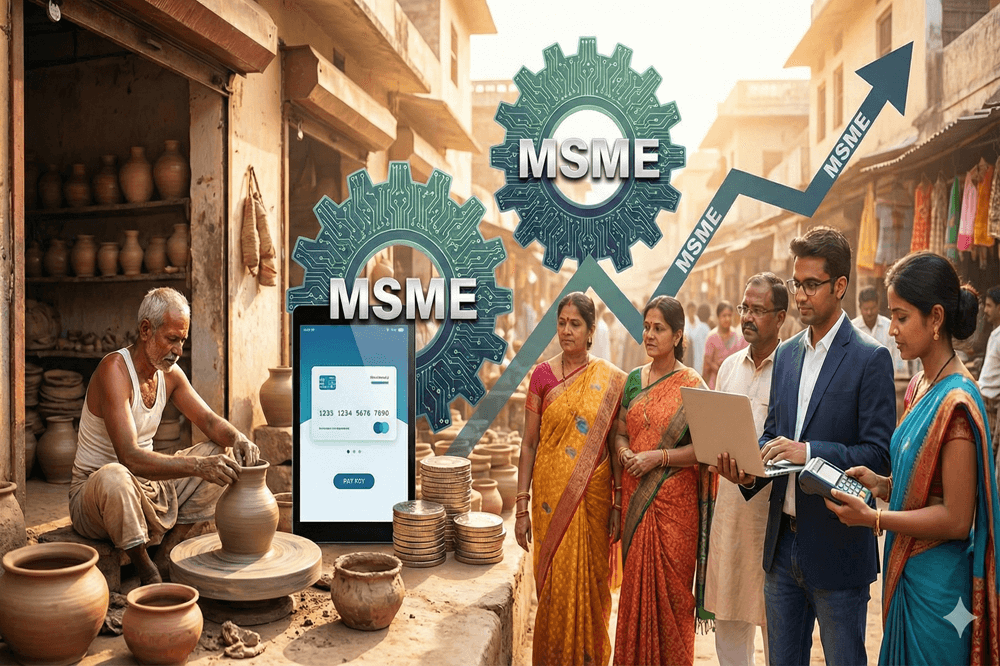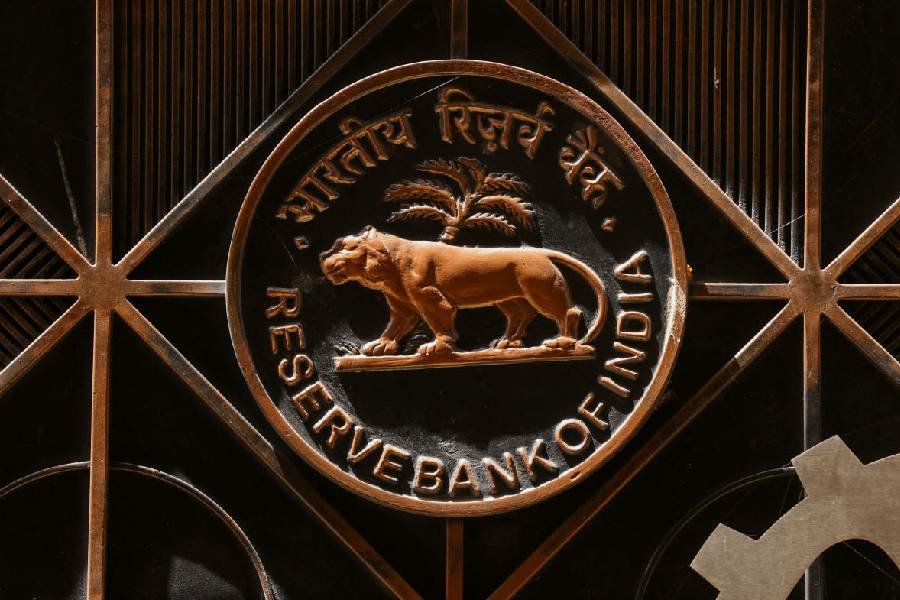By Kajal | Newstic , India / National
A Land Drowning, A People Waiting
The rain did not fall this year — it roared. For days on end, clouds sat heavy over Punjab and then broke open, sending rivers surging into towns and villages. What began as swollen drains turned into torrents, swallowing whole stretches of farmland.
The Punjab floods 2025 are now being called the worst in half a century. Entire communities are cut off, homes lost, cattle swept away. And yet, amid this catastrophe, politics and aid have become two sides of the same coin. While BJP-ruled states and the Delhi government have begun sending help, the Congress is accusing the Centre of cold indifference — of refusing to announce a comprehensive flood relief package.
Prime Minister Narendra Modi is expected in Punjab soon. His visit will not just be about assessing damage. It will be a test: whether Delhi stands with flood-hit Punjab, or whether relief remains more promise than reality.
ये पंजाब है, वीडियो देखकर आंसू आ जाएंगे 🥲
— जय प्रकाश (@jpjournalist81) September 4, 2025
पूरा पंजाब बाढ़ की चपेट में है, राहत सामग्री लेकर पहुंचे बंदे को छोटा बच्चा जबरदस्ती दस रुपए दे रहा है जबकि बंदा मना कर रहा है। यही है पंजाब, जिंदाबाद है जिंदाबाद रहेगा।,🙏🙏🙏#PunjabFloods2025 #PunjabFloodRelief pic.twitter.com/I57axXtYNu
Villages Turned to Islands
Drive through Gurdaspur today and you won’t see roads. You’ll see canals where highways once ran, and rooftops serving as islands in a vast brown sea. Over 2,000 villages across 23 districts have been inundated. State officials say more than four lakh people are affected. The confirmed death toll is 46, but locals whisper of bodies yet unrecovered.
In Batala, 11-year-old Harshdeep clutches his schoolbag — the only thing he saved before waters rose. His school now serves as a relief camp. In Amritsar, farmers gather at the edge of fields where paddy once stood; all that remains is sludge and a bitter smell. “It’s like watching my father’s ashes float away,” said 62-year-old Jaswant Singh, whose land has been under water for a week.
The numbers tell a grim story too: 1.75 lakh hectares of crops destroyed. Punjab, long called India’s breadbasket, suddenly finds its granaries empty. Economists warn that the damage may echo beyond state borders, hitting food supplies nationwide.
Relief Arrives, But Not Evenly
Help is trickling in. Trucks painted with state emblems roll in carrying rice, dal, tarpaulins, and medicines.
- Haryana, led by Chief Minister Naib Singh Saini, sanctioned ₹5 crore from its relief fund.
- The Delhi government, under CM Rekha Gupta, followed with another ₹5 crore, saying Punjab’s tragedy was “a national concern, not a regional one.”
Volunteers from religious bodies — Sikh gurdwaras, Hindu temples, Muslim charities — have opened community kitchens. Hot rotis and dal are being served to families who lost everything but their hunger.
But ask anyone in the villages, and the story isn’t so neat. In Jalandhar town, storerooms overflow with cartons of biscuits and clothes. In a cut-off hamlet in Ferozepur, by contrast, villagers say they have seen “nothing but helicopters flying overhead.”
“We had to tie milk packets to bamboo poles and ferry them across water,” said Gurpreet Kaur, a volunteer. “In the towns, aid is piling up. In the villages, children are drinking flood water.”
Relief is here, but it’s uneven. And uneven relief, in times of disaster, often feels like neglect.

The Political Undertow
Tragedies in India rarely stay outside politics. Punjab is no exception.
Finance Minister Harpal Singh Cheema called the floods “the worst in five decades” and accused the Centre of “abandoning Punjab in its darkest hour.” The state has demanded ₹20,000 to ₹60,000 crore for rebuilding.
The Punjab Congress has sharpened the attack. “While BJP states are sending token cheques, the Centre has yet to declare a single package,” said a party spokesperson. “Are Punjabis less Indian than others?”
The frustration runs deep. For farmers standing in knee-deep water, political speeches mean little. But the absence of a Central package feels like more than bureaucracy — it feels like betrayal.
Delhi’s Defence
BJP leaders bristle at accusations.
Union Minister Shivraj Singh Chouhan, after touring Gurdaspur, pointed to illegal sand mining as the hidden villain. “Years of reckless mining have weakened embankments,” he said, promising his findings would be placed before the Prime Minister.
BJP’s Tarun Chugh added: “The Centre has already mobilised ₹11,000 crore for national disaster management. What is missing is a proper survey from the state government. Without numbers, how do we release compensation?”
The Bhagwant Mann flood response team strongly disagrees. They say the floods were triggered by record-breaking monsoon rains — not mining. “This is nature’s fury,” said a state minister. “To blame mining is to play politics while people drown.”
Waiting for the Prime Minister
All eyes now turn to PM Modi’s Punjab visit on September 9. He is expected to tour Gurdaspur, meet families in relief camps, and chair a review of rescue operations.
His presence will matter. For villagers who feel forgotten, the Prime Minister’s visit is a sign that Delhi has not turned away. But expectations are sky-high. Farmers want compensation for crops. Traders want interest waivers. Families want homes rebuilt. Relief workers want medicines before cholera breaks out.
“We don’t want sympathy,” said Baldev Singh, a maize farmer in Amritsar. “We want help before it is too late.”
If Modi comes empty-handed — without a Centre flood relief package — the visit may deepen resentment instead of healing it.
Farmers’ Voices
Step into any relief camp and you’ll hear the same chorus: “Give us a way to sow again.”
In Gurdaspur, farmers demand ₹20,000 per acre in compensation. They want interest-free loans and free seed distribution. “A loan waiver is fine,” said Ranjit Kaur, whose family lost 10 acres of paddy. “But if we don’t get seeds now, what good is a waiver? We will miss the season.”
For many, the real fear is not this flood but the next. “We can rebuild homes brick by brick,” said a farmer in Ferozepur. “But if floods keep coming like this, what future do our children have here?”
The Blame Game: Nature vs. Neglect
The debate rages on. Was it just monsoon floods in Punjab — or years of neglect?
The AAP government insists embankments were repaired, and that extraordinary rainfall broke them anyway. BJP leaders say illegal mining hollowed out riverbanks long before the rains came.
Experts say both sides may be right. Punjab’s rivers have been mismanaged for years, its floodplains encroached by construction. When the rain came, the system simply collapsed.
What Punjab is Asking
The state has formally asked for ₹14,000 crore in immediate relief, plus ₹60,000 crore in pending compensation from Delhi. Chief Minister Bhagwant Mann says rebuilding must go beyond tents and rations: “We need embankments reinforced, crop insurance expanded, and disaster management systems modernised.”
Policy experts agree. “Every flood is treated like an emergency,” said one analyst. “But Punjab needs resilience. Otherwise, we’ll be back here in five years, writing the same headlines.”
Conclusion
The Punjab floods 2025 have shown two faces of India. One is solidarity: BJP-ruled states aid Punjab, the Delhi government flood aid steps in, and volunteers risk their lives to deliver food. The other is division: the Centre slow to announce a flood relief package, the Congress accusing Delhi of betrayal, and the state and Union arguing over mining while villages drown.
As PM Modi’s Punjab visit looms, the people of flood-hit Punjab wait with a simple demand: relief that is real, not rhetorical. For them, the measure of leadership is not in speeches or surveys, but in whether seeds are sown again, homes rebuilt, and lives restored.
In the flooded fields of Punjab, hope is still alive — but fragile. Whether that hope survives will depend on whether politics can, even briefly, step aside for humanity.
About the Author
Kajal is a staff journalist at Newstic.in, covering national and international news with a focus on business, technology, and culture. With a background in digital reporting and a keen eye for accuracy, she writes stories that combine depth, clarity, and relevance for today’s readers. Her work reflects Newstic’s commitment to credible, fact-checked journalism that informs and engages audiences across India and beyond
Disclaimer
This article has been prepared and published by Newstic.in for informational and news reporting purposes only. While every effort has been made to ensure accuracy and reliability, readers are advised that details such as prices, specifications, dates, or other event-related information may change over time. Newstic.in does not take responsibility for any business or personal decisions made based on this content. For the latest updates, always refer to official announcements, verified sources, or consult with relevant professionals. Opinions expressed by analysts, buyers, or third parties quoted in this article are their own and do not necessarily reflect the views of Newstic.in.
